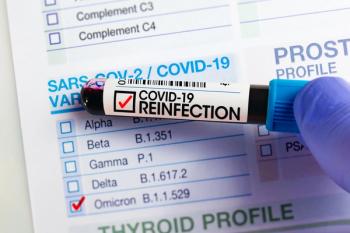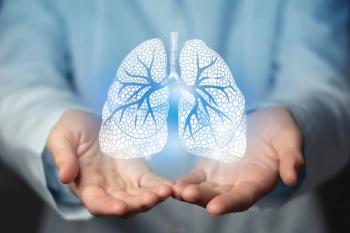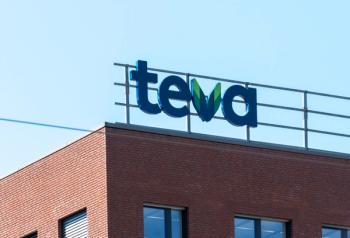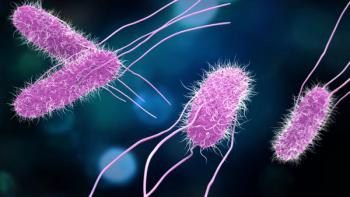
Study Shows Adult HPV Vaccination Is Less Cost-Effective Than Adolescent Vaccination
Key Takeaways
- HPV vaccination in mid-adults is less cost-effective and requires a higher NNV than in younger individuals.
- The study used the HPV-ADVISE model, incorporating demographics, sexual behavior, and health outcomes.
Investigators also found that vaccination for those aged 27 to 45 produces a higher number needed to vaccinate.
Vaccination against human papillomavirus (HPV) in mid-adults (27 to 45 years) is substantially less cost-effective and produces a higher number needed to vaccinate (NNV) than vaccination in individuals younger than 26 years, the current group recommended for vaccination, according to data published in Annals of Internal Medicine.
Currently, the US Advisory Committee on Immunization Practices (ACIP) recommends routine HPV vaccination for females aged 11 to 12 but starting as early as 9, and a series of catch-up vaccinations through age 26. For males, vaccination is recommended at 11 to 12 and starting as early as 9, but catch-up vaccination is only recommended through 21 years. The FDA approved the 9-valent HPV vaccination for use through age 45 years, and the ACIP updated the recommendation to included shared decision making for women and men aged 27 through 45 years.
In the study, investigators aimed to evaluate the cost-effectiveness and NNV associated with expanding HPV vaccination to individuals who are mid-adult and may be at higher risk of acquiring HPV infections. The investigators used a US version of the HPV-ADVISE model simulation, which combines demographic characteristics, sexual behavior and virus transmission, type-specific natural history of diseases, vaccination, screening and treatment, and health outcomes. The costs were inflated to 2021 US dollars and the price of the vaccine was placed at $262 per dose.
For HPV vaccination, investigators used data from the National Immunization Survey-Teen from 2017 to 2020 and reproduced 2-dose and 3-dose coverage. For the estimates of mid-adult vaccination, investigators assumed 100% vaccination to maximize the benefits. Efficacy of vaccination was assumed to be 95% with lifelong duration, according to the study investigators.
When adjusted to include mid-adults, HPV vaccination programs were projected to cost approximately $2,005,000 (80% UI, $1,227,000 to > $10 million) per quality-adjusted life years (QALYs) gained. For mid-adults specifically, vaccination was projected to cost $763,000 (80% UI, $447,000 to $2,946,000) per QALY gained and limited to individuals with higher sexual activity and $1,164,000 (80% UI, $525,000 to $4,627,000) for those who had just separated from a long-term partner. For NNVs, the model projected 7670 (80% UI, 5550 to 12,120), 3190 (80% UI, 2230 to 4750), and 5150 (80% UI, 3800 to 8250) NNVs would be needed to prevent 1 additional HPV cancer for mid-adults, those with high sexual activity, and those who recently separated, respectively. Investigators noted that 223 patients (80% UI, 210 to 232 persons) aged 9 to 26 years to prevent 1 additional HPV-related cancer when compared to those who were not vaccinated.
The results were most sensitive to sexual activity and screening behavior, according to the investigators. They found vaccination for women who were infrequently screened (less than every 5 years to never) and had higher sexual activity and just separated had the lowest ICER($86000 [80% UI, $3000 to >$10 million] per QALY gained) as well as the lowest NNVs (470 [80% UI, 120 to >1 000 000] mid-adults vaccinated to prevent 1 additional cancer case), according to the study data. For mid-adult men, vaccination for those with higher sexual activity had lower ICERs and NNVs than vaccinating only mid-adult women.
Cost effectiveness was most sensitive to assumptions about vaccine cost per dose, discount rate, and time horizons. Lower discounts showed lower vaccination ICERs for mid-adults and shorter time horizons showed higher ICERs, according to the study authors.
REFERENCE
Laprise JF, Chesson HW, Markowitz LE, Drolet M, Brisson M. Cost-Effectiveness of Extending Human Papillomavirus Vaccination to Population Subgroups Older Than 26 Years Who Are at Higher Risk for Human Papillomavirus Infection in the United States. Ann Intern Med. 2024. doi:10.7326/M24-0421
Newsletter
Stay informed on drug updates, treatment guidelines, and pharmacy practice trends—subscribe to Pharmacy Times for weekly clinical insights.


















































































































































































































